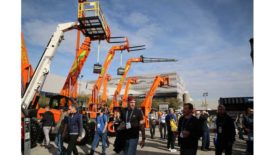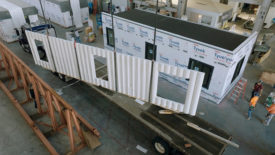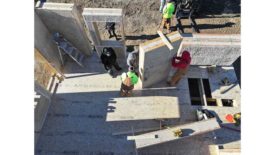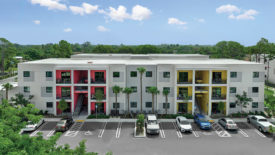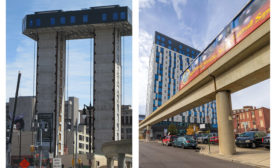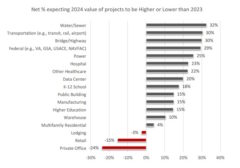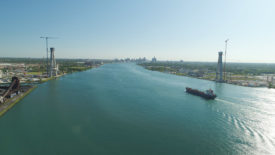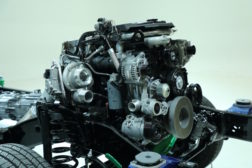Articles by Jeff Yoders
Information Technology
Autodesk Acquires Payapps, Maker of GCPay, to Compete in Payments
Acquisition of payments platform provider aligns Autodesk to compete with Procore and Oracle
Read More
Construction Technology
Oakland 'Phoenix' Multifamily Project Uses Industrialized Construction, Mycelium
Read MoreMaterials
Lower Sioux Developing First US Hempcrete Production Facility
Southern Minnesota tribal community is building homes with homegrown hemp materials
Read More
ENR 2023 Top 25 Newsmakers
Tom Murphy Jr.: Spearheaded Development of Potentially Game-Changing Building System
Read MoreENR 2023 Top 25 Newsmakers
Joe Benvenuto: Pioneering an Uplifting New Construction Delivery Method
Exchange is the first U.S. use of top-down construction since the '70s,
Read More
Information Technology
Sage Acquires Bridgetown Software, Creator of BidMatrix
Acquisition brings cloud capabilities to Sage Estimating
Read More
Economics
AGC Survey Finds Mixed Outlook Among Contractors for 2024
Robust infrastructure, public work seen as one potential bright spot
Read More
Transportation
Gordie Howe Bridge Completion Pushed Back to September 2025
Canada-US crossing cost swells to $4.7B due to pandemic, unknown conditions,
Read More
Equipment
Cummins To Pay Record $1.67B to Settle Claims of Bypassing Emissions Tests
Settlement will be the largest ever under the Clean Air Act if paid in full
Read More
The latest news and information
#1 Source for Construction News, Data, Rankings, Analysis, and Commentary
JOIN ENR UNLIMITEDCopyright ©2025. All Rights Reserved BNP Media.
Design, CMS, Hosting & Web Development :: ePublishing
